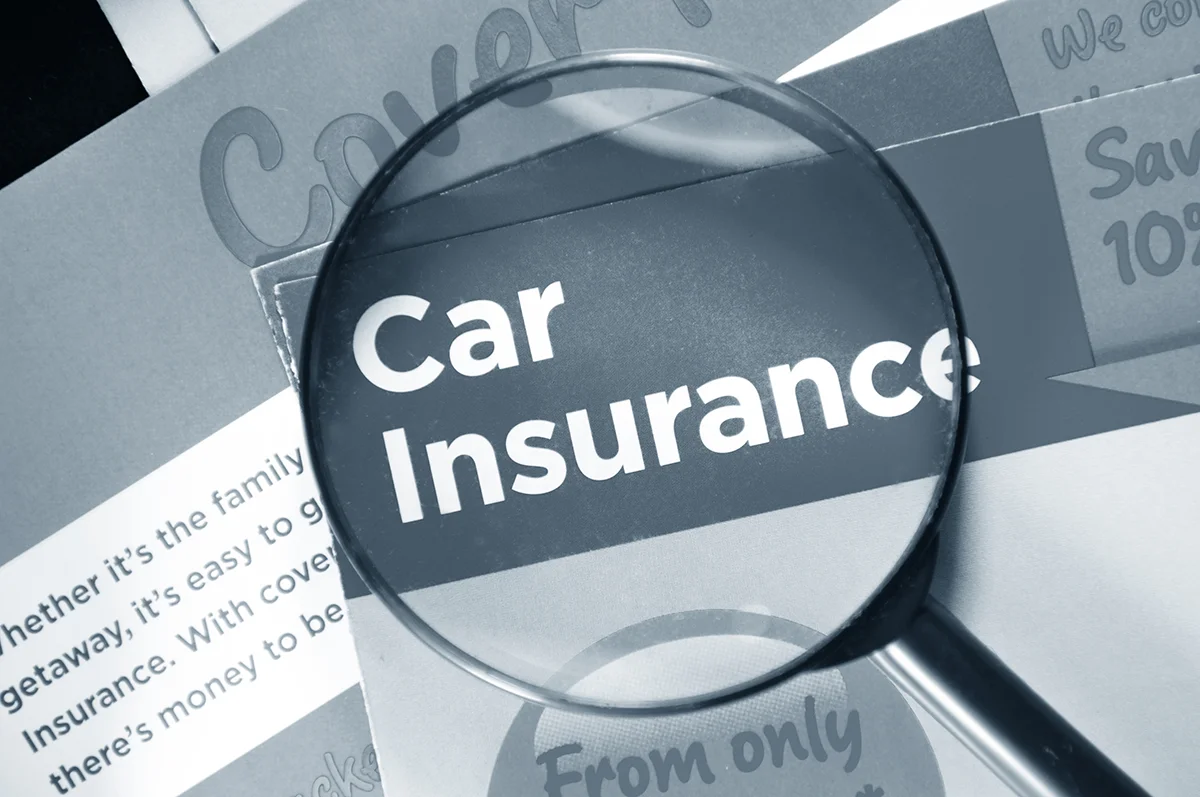Home / Resources / Insurance Coverage
Imagine waking up to find your car covered in dents after a surprise hailstorm. It’s frustrating—and expensive. Now, you’re left wondering: Does my car insurance cover hail damage?
The short answer? Yes—but only if you have the right type of coverage. In this guide, we’ll break down how hail damage insurance works, how to file a claim, and what you can do to avoid unnecessary costs.
Hailstorms can cause significant damage to vehicles, leaving many drivers wondering if their car insurance covers hail damage. The answer depends on your policy. If you have comprehensive coverage, hail damage is typically covered. However, if you have only liability insurance, you won’t be protected.

Not all auto insurance policies cover hail damage, so it’s crucial to review your policy before a storm strikes.
Hail damage is typically covered under comprehensive auto insurance, which is an optional add-on that protects against non-collision-related damage. This includes hailstorms, floods, and falling tree branches.
If you have comprehensive coverage, your insurer will cover the cost of repairs—minus your deductible.
If you only have liability insurance (which covers damage you cause to others but not your own vehicle), hail damage won’t be covered. To be protected, you need a full coverage policy that includes comprehensive insurance.
Most comprehensive policies come with a deductible, which is the amount you pay before insurance kicks in. For example, if your deductible is $500 and your repair cost is $2,000, your insurance will cover $1,500.
It’s wise to weigh your deductible against the repair cost before filing a claim—especially for minor dents.
Filing a hail damage claim can feel overwhelming, but following these steps will make the process easier.
If your car is totaled, your insurer will pay the actual cash value (ACV) instead of repairing it.
Comprehensive claims for hail damage typically don’t raise rates as much as at-fault accident claims.
However, your premiums may increase if:
Yes, but it depends on the repair cost. If the damage is minor and cheaper than your deductible, paying out-of-pocket may be a better option.
Most insurance policies give you a limited window (often 6 months to 1 year) to file a claim—check with your provider for details.
Yes, but be aware that unrepaired hail damage can lower your car’s resale value and may affect future claims.
If your car is totaled, your insurance payout goes to your lender first. If you owe more than your car’s value, gap insurance can cover the difference.
In most cases, you have the right to choose any repair shop, but using an insurance-approved shop can simplify the claims process.
Hail damage can reduce your car’s value and lead to further issues. Don’t wait—get repairs done before minor damage worsens.
Need expert repair? Contact us for a **free estimate** and let our professionals restore your car with **Paintless Dent Repair (PDR)**.